Everyone has a plan until you “paint” a face. Evolve Founder and master portraitist Kevin Murphy teaches how to build confidence as an artist in your portrait painting skills so that you can overcome fears and not be overwhelmed the next time you approach the canvas.
Everyone Has a Plan...Until They Don't
The thing that trips people up the most about portraits is that they think differently about it than do they do about anything else.
Here's a quote by Mike Tyson that is seems so fitting.
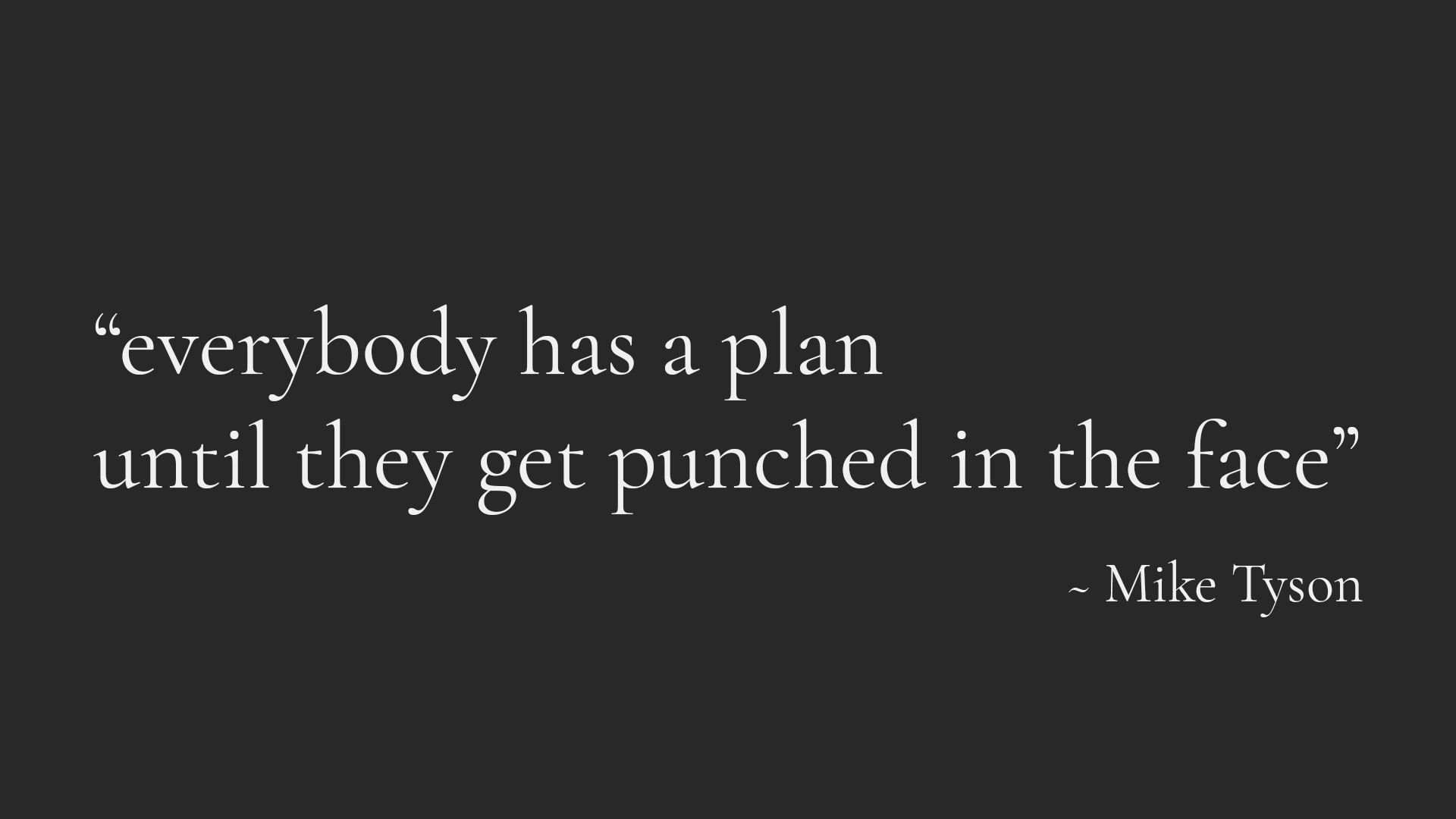
This quote by Mike Tyson appropriately describes the experience some artists face when approaching a portrait painting.
In an interview, they asked Tyson what he thought of his opponent's statement of how he had sized Tyson up, how he understood how to defend against him, and how he was going to lay him out.. Mike Tyson flatly said, "Everybody's got a plan until they get punched in the face." Then they got into ring and Mike Tyson hit his opponent one time and changed his attitude.
The opponent realized that getting hit by Mike Tyson was not so easy to avoid and that it hurt. He knew that every time he got hit going forward, there was a good chance he was going to get knocked out. So he started to change his game plan because the challenge was much greater than he anticipated.
Why We Get Overwhelmed By a Portrait
When we approach a portrait, a lot of us do the same thing. We see the portrait and it's like getting hit in the face:
"Where do I start?"
"What do I do?"
"I started painting and it's not looking like the person."
"I'm eight minutes in and I don't recognize the face yet."
So, what are ways we can learn how to build confidence as an artist when painting portraits?
Well, maybe capturing a likeness takes two hours. But if you don't know that, if you're not experienced and have been guided through doing something like this, you won't realize that it's going to look like a train wreck for two hours as you manage the pieces and make sense of them.
When you get an hour and a half in, you might look at your painting and think, "I'm a disaster, I don't know how to paint." Then you put your painting down and walk away, and you don't realize that you were only 30 minutes away from pulling it together. You didn't know that you were that close.
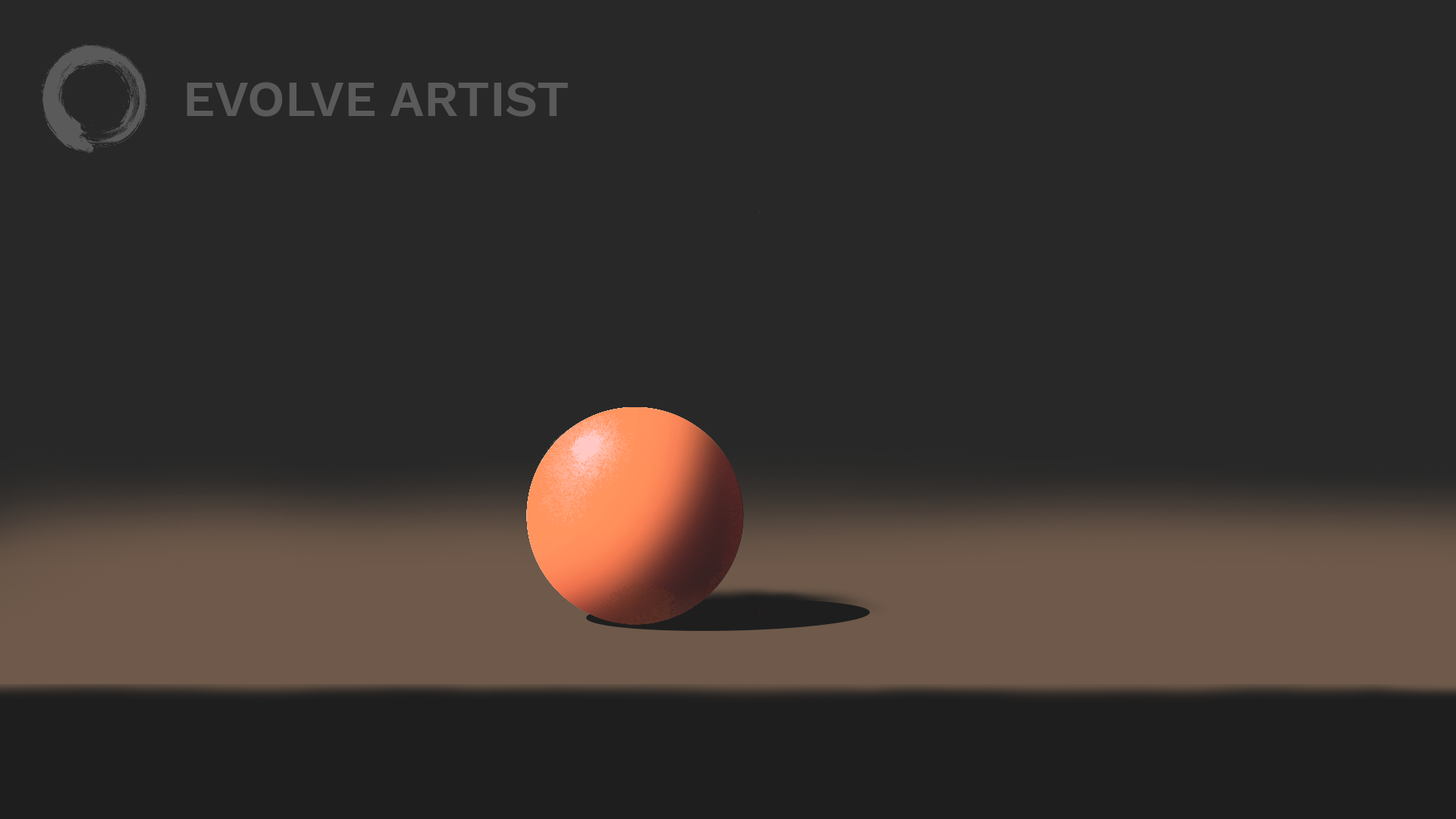
It's easy for artists to approach a simple painting such as a still life of a ball on a table. You can approach portraits the same way.
Let's take a look at a very simple still life. For example, I can put a ball up on a table. Nobody feels threatened by that. It's round. I understand that. I paint a round thing. I add a shadow over here.
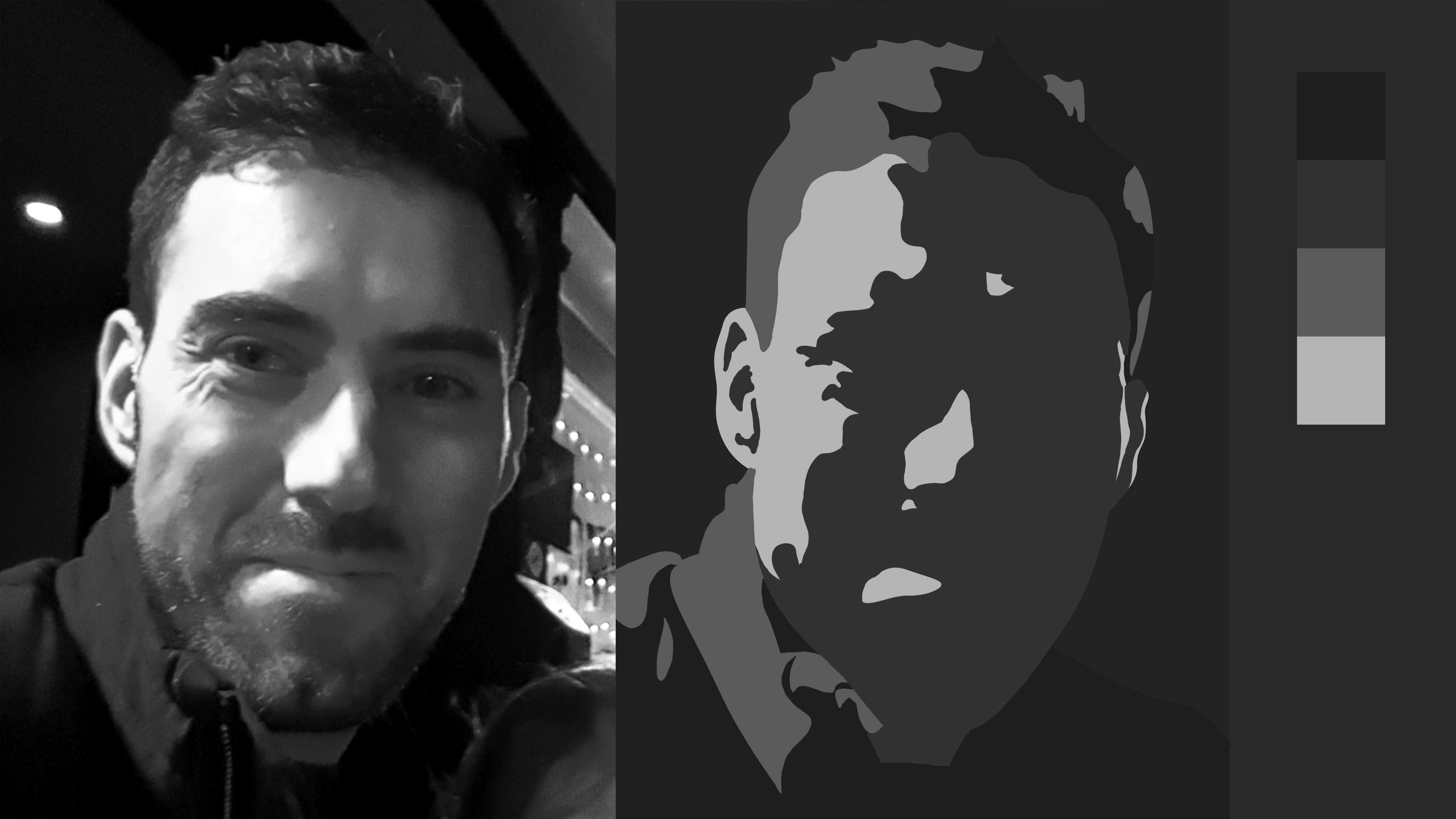
Approaching a portrait can be simple if you break it down to basic shapes and a few values.
The face is the same thing. It's just a bunch of little shapes--diamonds and circles and ovals. So, you want to break it down. You want to simplify it and make sense of it.
Simplify the Process

A simple subject matter has little detail and requires few decisions.
When you put a ball and a cube up on a table, it's very easy to see the ball and the cube and make sense of it. There are no overwhelming number of details or decisions to make.
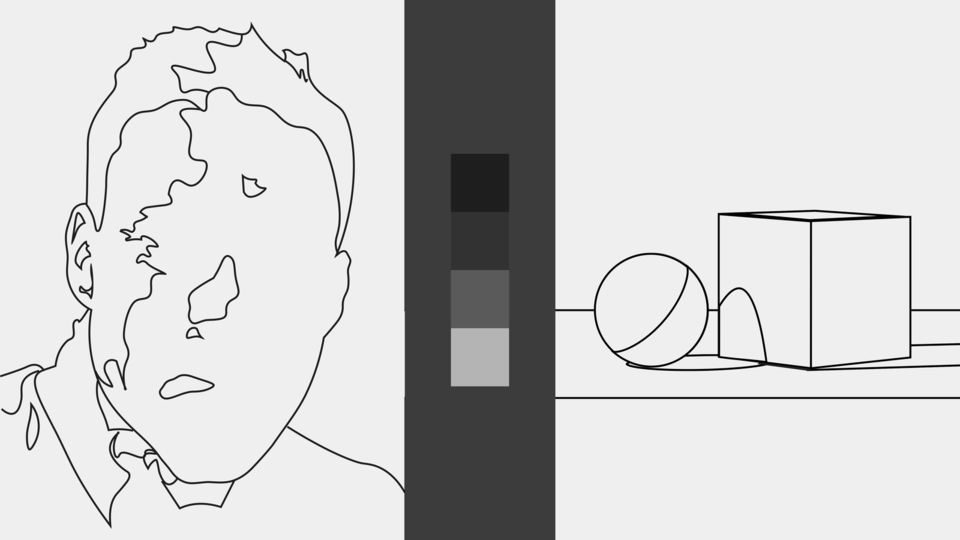
Applying the same process to a portrait as you do to a painting with simple subject matter can make your experience less overwhelming.
The first thing you have to do to paint a portrait is to have a process that equalizes complex subject matter and simple subject matter so that a portrait and a ball and a cube are basically the same things and the same tools are applied (read more about Where to Start a Portrait HERE).
At Evolve, we start in grayscale and we think in terms of shadows and lights and then the edges that connect them.

You can approach a painting of a ball and a cube by first painting in the lights and shadows and then the edges.
A ball and a cube are comprised of shadows shades and light shades and they have edges that are either sharp or graded that connect them.
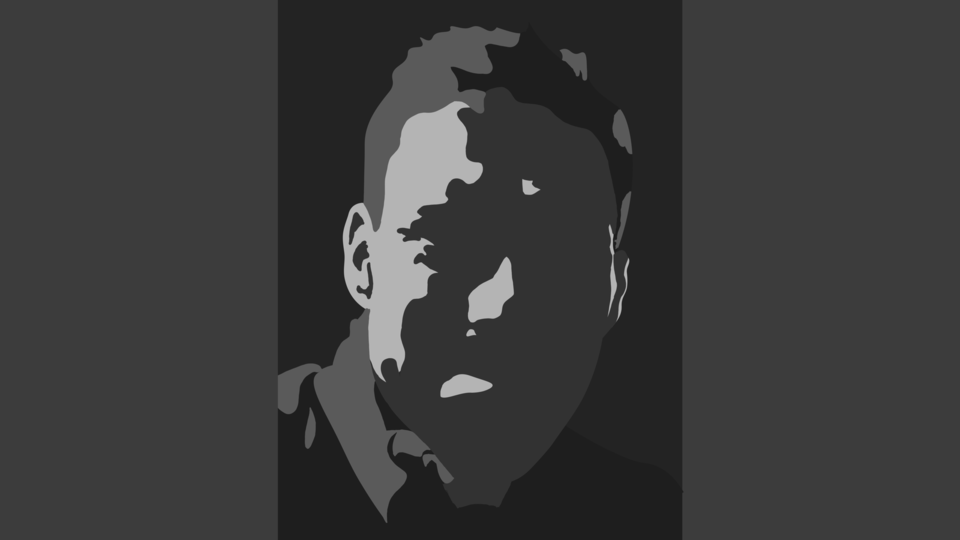
Equalizing the process for painting a complex face to a painting of a simple still life can make your portrait painting simpler and more approachable.
A face is exactly the same. It doesn't have any extra parts if you're doing it in grayscale. So, when learning how to build confidence as an artist, you must first simplify the task.
Set Achievable Expectations
Nobody's born being able to do this. These skills are earned and you earn them in small increments. One must set achievable expectations when learning how to build confidence as an artist. If you bite off more than you can chew, you're going to fail and it's going to chip away at your confidence.
Part of being able to paint portraits is to build confidence in yourself. So when you start, start small and simple. Then you will build confidence and think, "Hey, every time I do this now, I'm able to do it." Setting achievable expectations is another simple way of learning how to build confidence as an artist.
If you're going to run, you run two miles the first day and you may think, "Oh, that's terrible." But by the end of two weeks, you'll begin to think, "It's not so bad."
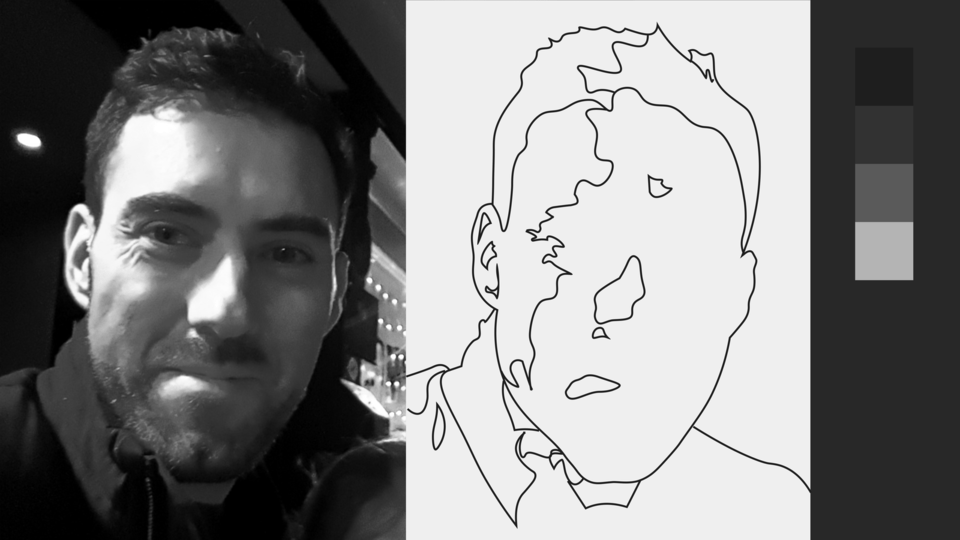
To build confidence in your portrait painting, start simply and build your skills up step-by-step.
Treat art the same way. Do the simple exercises like I just described.
It's going to be a mess for the first couple of weeks, but as you're doing it, they're going to get better and better, and eventually, you'll be able to get a recognizable head consistently.
When you're starting simply, there are no details in it, but you'll be able to create a three-dimensional head in grayscale that is recognizable.
Stop there and do that until you've mastered it. Then you can go to the next step, and the next step will present itself. You'll no longer have to figure out how to build confidence as an artist because you'll be doing it!
Final Thoughts On How to Build Confidence as an Artist in Portrait Painting
There's your Master's Guide on how to build confidence as an artist in your portrait painting skills using a simplified process and lots of practice.
This is the third post from our Master's Guide to Painting Better Portraits series. Subscribe to stay posted!
Find the previous posts in the series here:
Master's Guide #1: Where to Start a Portrait
Master's Guide #2: How to Simplify Portrait Painting
Master's Guide #4: How to Get a Likeness in Portrait Painting
Master's Guide #5: Quickest Method to Level Up Portrait Painting Skills
Master's Guide #6: How to Price Portrait Paintings
Master's Guide #7: How to Get Portrait Commissions
Master's Guide #8: Are Today's Portraitists Better Than the Old Masters?
If you found this post, 'How to Build Confidence as an Artist' insightful and you want to get more content like this, then check us out on YouTube and follow us on Instagram.
Happy painting!

